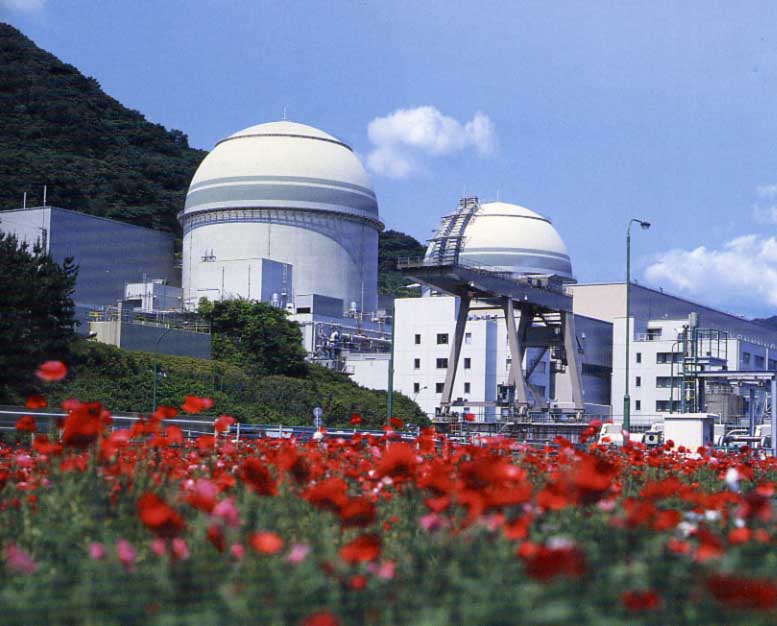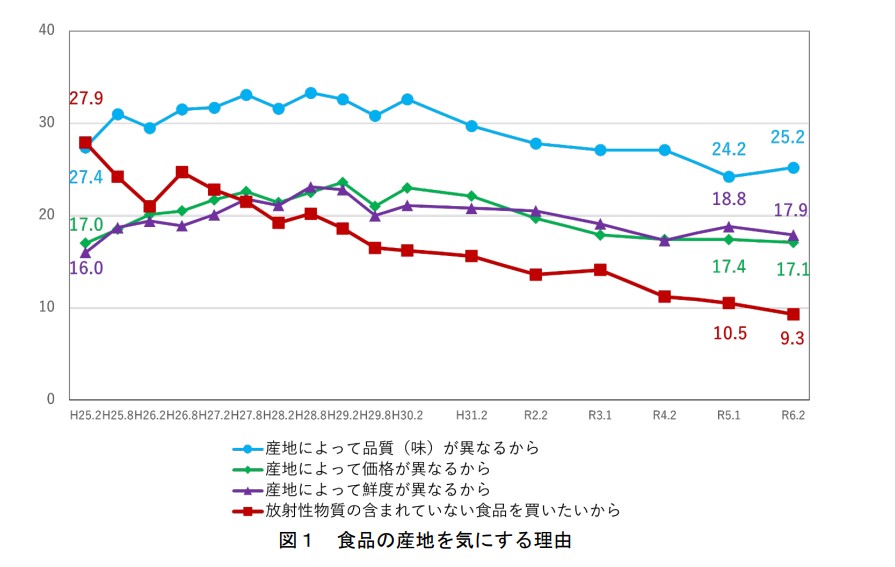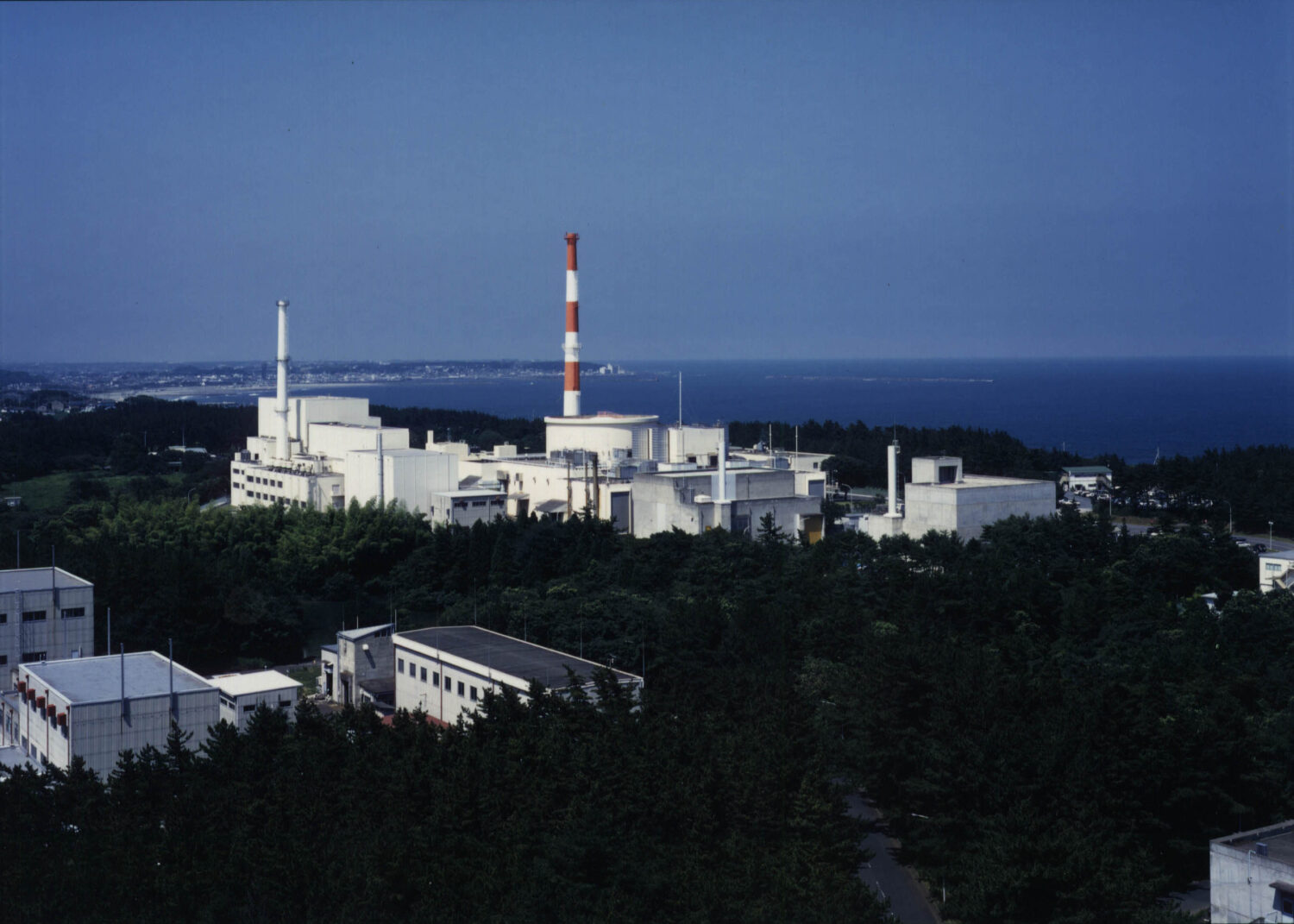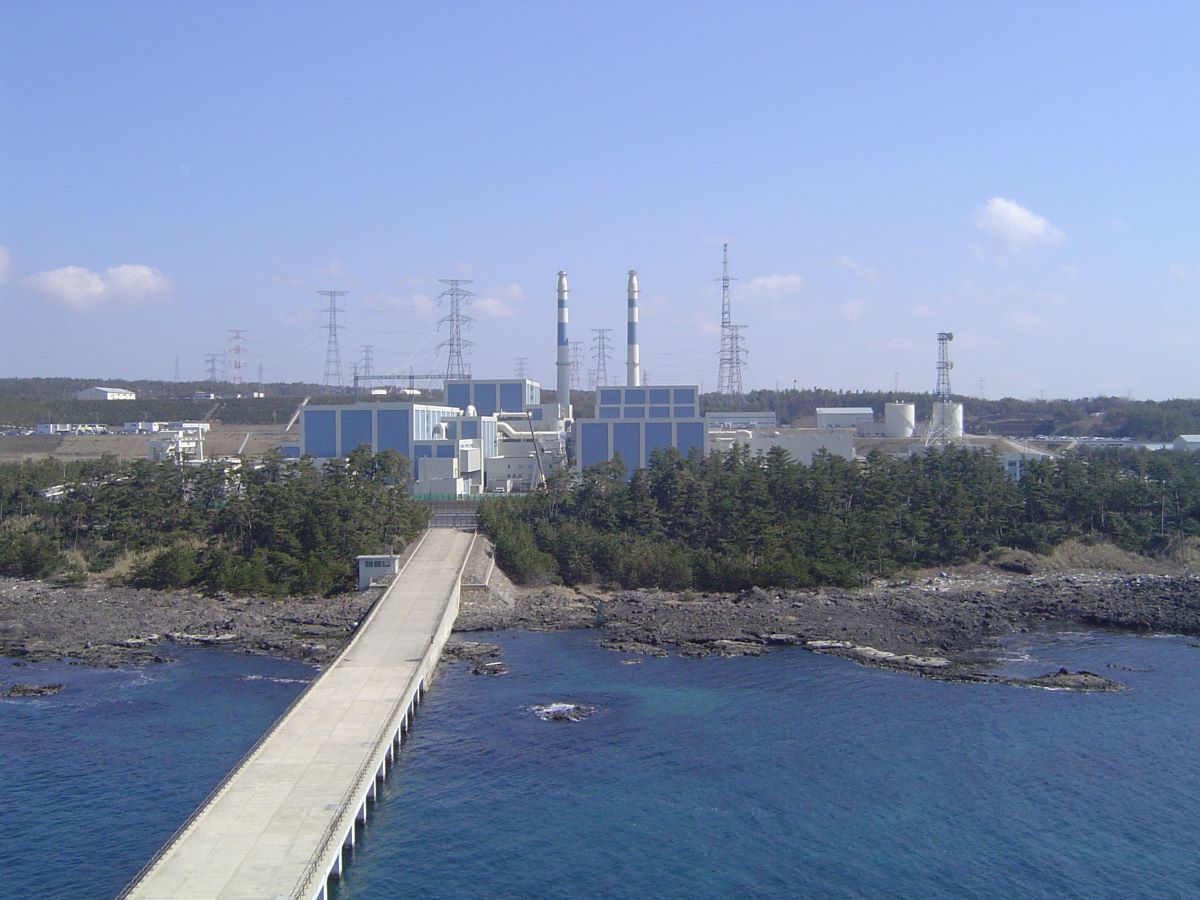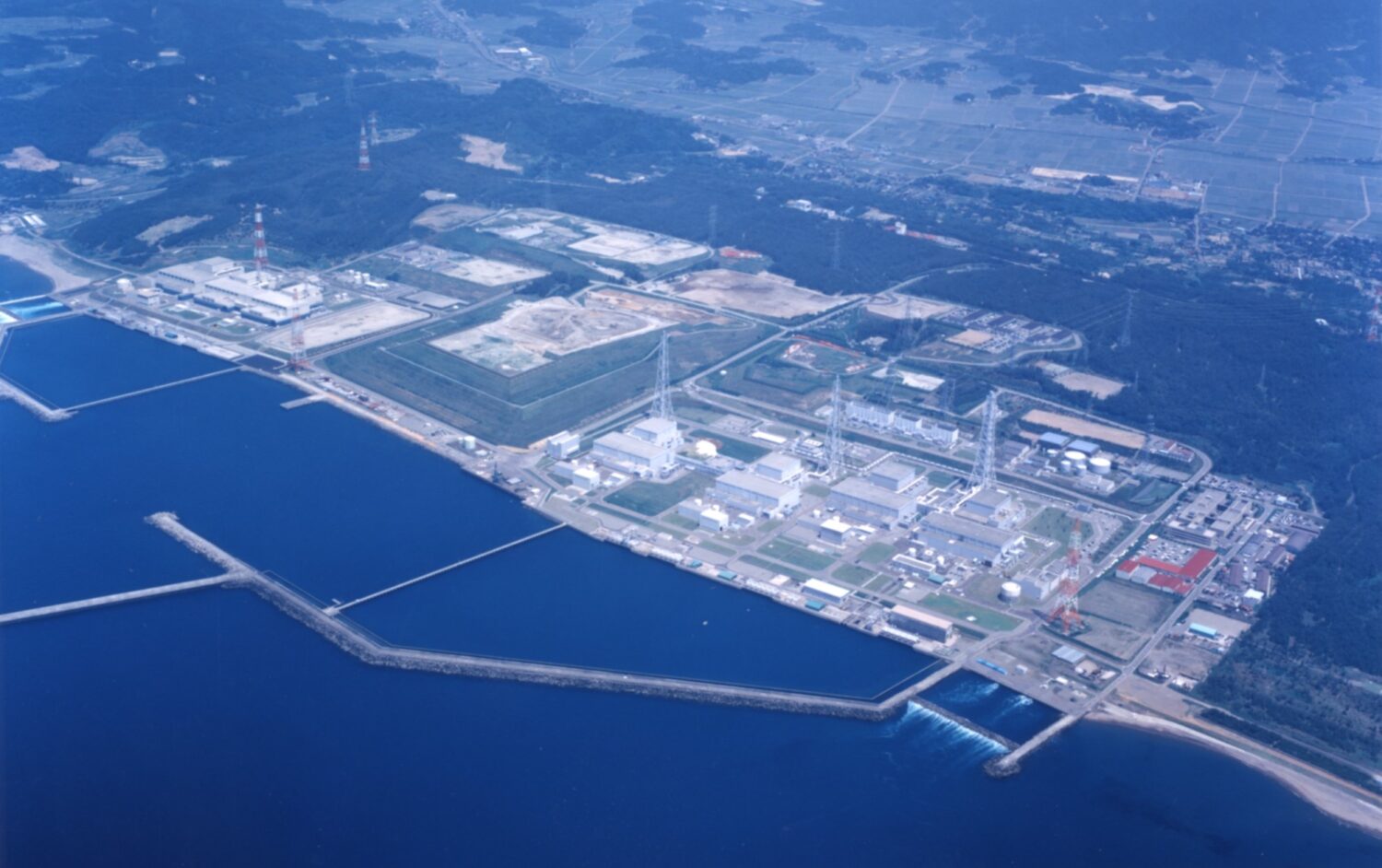Tokai-2 is the third boiling water reactor (BWR) to be granted permission to make changes to its reactor installation (basic design approval), following TEPCO’s Kashiwazaki Kariwa-6 and -7 NPPs in December 2017. The report draft will be officially approved following a period for public comments.
To protect the reactor from tsunamis, JAPC included an embankment seawall when it filed applications for safety examinations in May 2014. For flood protection, though, the design was changed to a “steel pipe-pile reinforced-concrete tide wall” to guard against repeated run-up tides, as well as to improve seismic margins.
Specifically, the design calls for large-caliber, thick-walled steel pipe piles with the strength to withstand earthquakes and tsunamis, supported by the underlying bedrock. The superstructure, meanwhile, is to be covered by reinforced concrete. The examinations confirmed such characteristics as the bearing strength of the facilities and multiple water stop measures.
The NRA had asked JAPC to consider adding “loss of terminal heat sink as a result of tsunami flooding” as an assumed incident, based on the high water levels to be expected from tsunamis striking Japan’s Pacific coast. Both the seawater intake function and all AC power sources will be lost when tsunami-induced flooding causes the loss of the terminal heat sink beyond standard levels. Moreover, drifting debris in the tsunami water might be scattered around the premises.
Having confirmed the effectiveness of JAPC’s measures to prevent reactor core damage through examinations, the NRA will next refer the draft report to the head of the Ministry of Economy, Trade and Industry (METI), also asking him for his opinion on the intention by the Tokyo Electric Power Co. (TEPCO) to provide financial support to JAPC.
The operation of Tokai-2 has been suspended since the giant earthquake and tsunami that struck eastern Japan on March 11, 2011. Before it can restart the reactor, JAPC must first clear an examination for its operating lifetime to be extended, and to obtain approval of the construction work plan (detailed design approval) by November 30, when the plant’s current 40-year lifetime will expire.
In addition, based on agreements, JAPC will have to obtain consent from Ibaraki Prefecture and the 6 cities and villages—including Tokai Village—that host the site.


-1.png)








.jpg)


